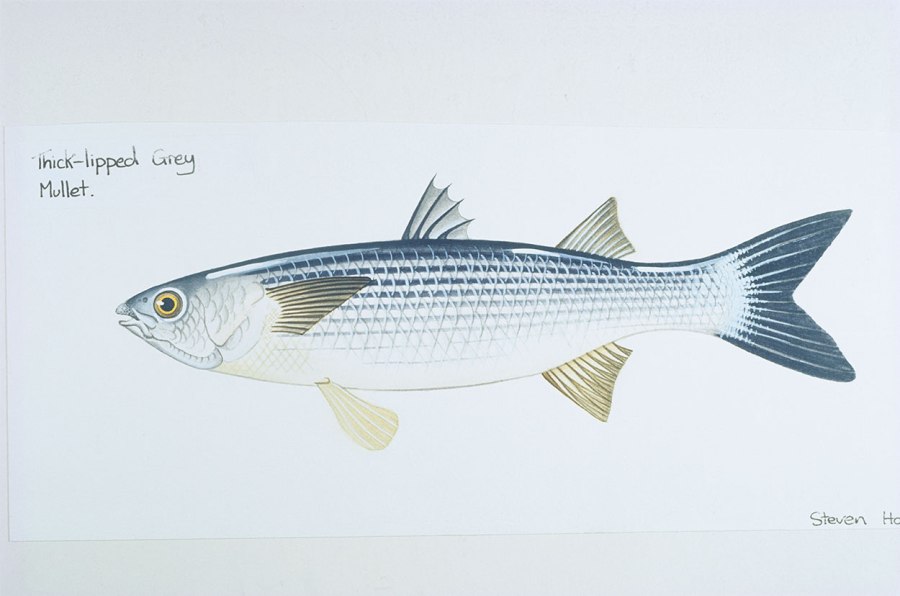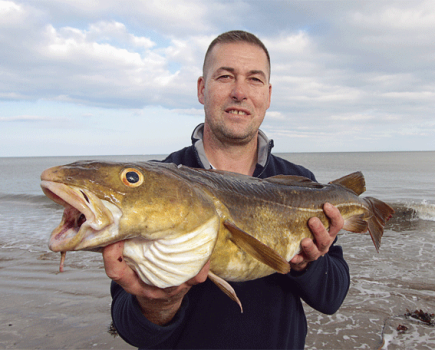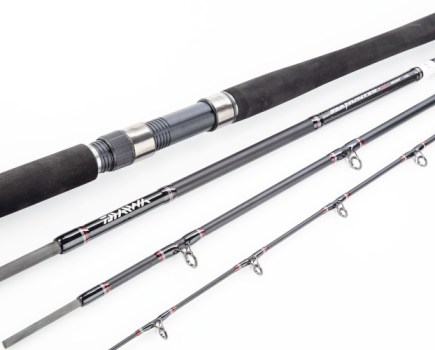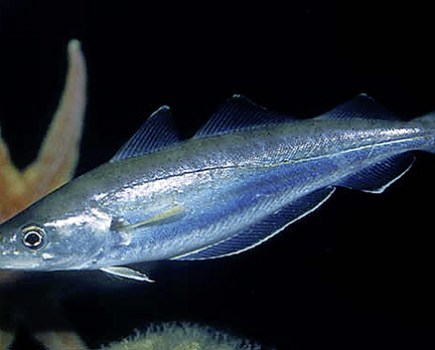The mullet is a torpedo shaped sea fish that can be seen in tightly packed shoals in harbours, estuaries and other shallow coastal waters.
The thick-lipped grey mullet is the most common and largest of the mullets that can be found around the British Isles and Ireland.
During the summer they migrate northwards, and vice versa during the winter.
IDENTIFICATION
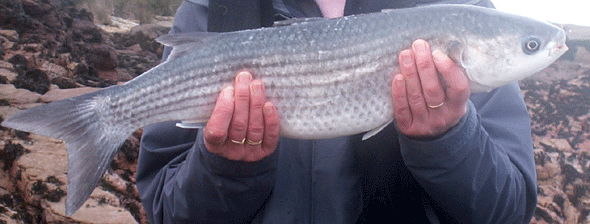
Mullet have striped bodies and a pair of large, widely spaced dorsal fins. The first dorsal fin comprises four spines.
As their name suggest, they have grey backs, silvery flanks, white underside with large scales. The stripes along the body are grey.
The mouth is quite small and when viewed straight-on it is heart-shaped.
FEEDING
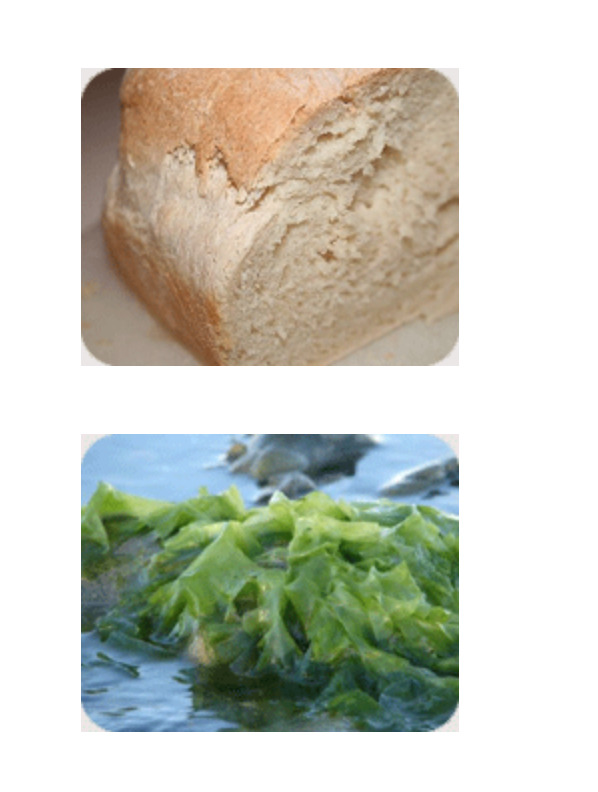
Mullet feed in shoals by sifting the bottom debris. They suck in the sediment and filter out all the inedible matter, eating only seaweed, crustaceans and worms.
As they have no teeth capable of dealing with larger animals, the mullet has to survive an a very poor diet, sometimes scraping algae and tiny animals from rocks, piers and from submerged rubbish.
Mullet can eat and are very fond of bread. Mashed and floating bread thrown into the calm waters of harbours will be readily taken, but to catch mullet with bread as bait is a real challenge.
BREEDING
Mullet spawn inshore, in open water, during the spring and summer. They choose cool water in which to breed, so the southern British coast is the limit that they will tolerate to breed.
The young mullet remain very close inshore, so close in fact that they can often be found trapped within rock pools.

